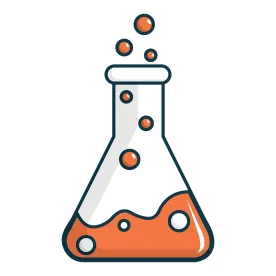The United States Environmental Protection Agency made two moves recently to reduce the use of animals in chemical testing and pesticide registration: One under FIFRA and one under TSCA.
Building off of changes made in 2016, in March 2018, EPA released a draft strategy to reduce or replace the use of vertebrate animals in chemical testing. And, just last month, EPA released a draft science policy to reduce animal testing in pesticide registrations.
In turn, if your company manufactures, processes, imports, or registers chemicals for use as pesticides or anti-microbials, you now have available a multitude of ways to complete your chemical testing and satisfy regulatory requirements without harming animals. Make sure your labs know of the new rules, the administration’s commitment to reducing animal testing, TSCA’s draft strategy plan, and FIFRA’s new draft science policy.
What you Need to Know About new methods for chemical testing under Toxic Substances Control Act (TSCA), as amended:
The “Frank R. Lautenberg Chemical Safety for the 21st Century Act” amended TSCA in June of 2016. The amendment tasked the Office of Pollution Prevention and Toxics with developing a strategic plan for implementing alternative test methods to reduce or replace vertebrate animal testing while providing equivalent or better scientific data for evaluating risks to the environment or human health from new and existing chemicals
The strategy was meant to be rolled out by June 22, 2018, and on March 7, EPA released a draft of the plan. The draft incorporates input from the public comment period in the fall of 2017. It elaborates on EPA’s finalization of the three rules (Prioritization Process, Risk Evaluation Process, and the Inventory Rule) outlined in the 2016 TSCA amendments. EPA’s goal throughout the process has been to get new chemicals to market safely and quickly, and backed by the best and most up-to-date science.
Key Details on changes to pesticide testing for registration compliance under the Federal Insecticide, Fungicide, and Rodenticide Act (FIFRA):
Currently, EPA requires significant laboratory animal toxicity testing in applications to register pesticides. In 2016, the Office of Pesticide Programs committed to reducing the number of animals used in oral, dermal, and inhalation lethality toxicity testing along with skin irritation, eye irritation, and skin sensitization testing. Last month’s new science policy takes that commitment a step further, by outlining the science behind non-animal testing alternatives to “modernize” the existing six tests commonly used in pesticide applications. The Office of Pesticide Programs will immediately accept submissions of the new approach methodologies for pesticide registration applications.
The draft policy results from national and international collaboration. A copy of the draft policy can be found here. Comments must be received by EPA by June 9, 2018.
Moving Forward:
In the past, Scott Pruitt has confirmed this administration’s desire for increasing reliance on “cutting-edge science” as opposed to antiquated animal testing. He has also noted the administration’s commitment to working with animal welfare groups to do so - specifically the Humane Society of the United States.The release of EPA’s two new draft plans certainly seems to lend credence to those claims.
Alisson Schaper contributed to this post.




 />i
/>i
